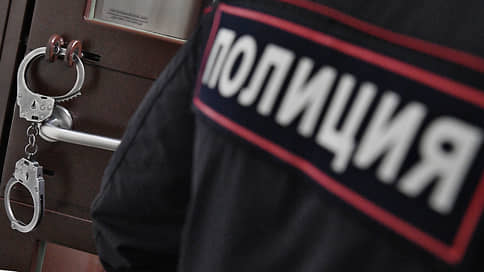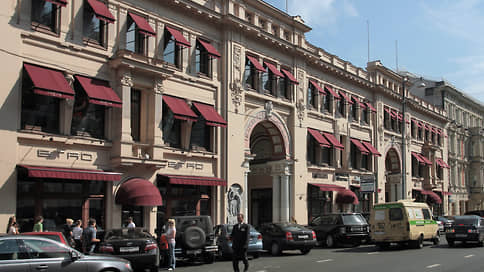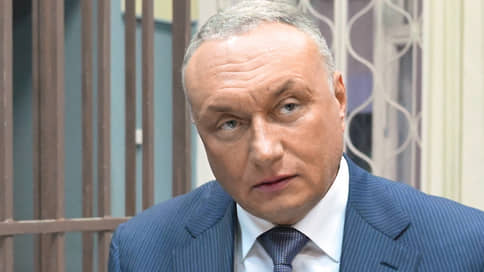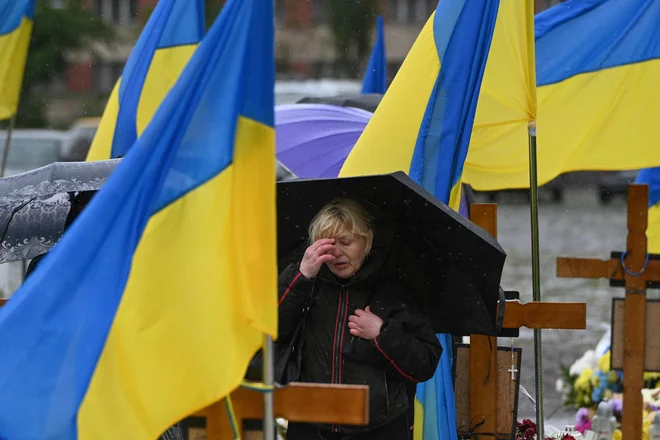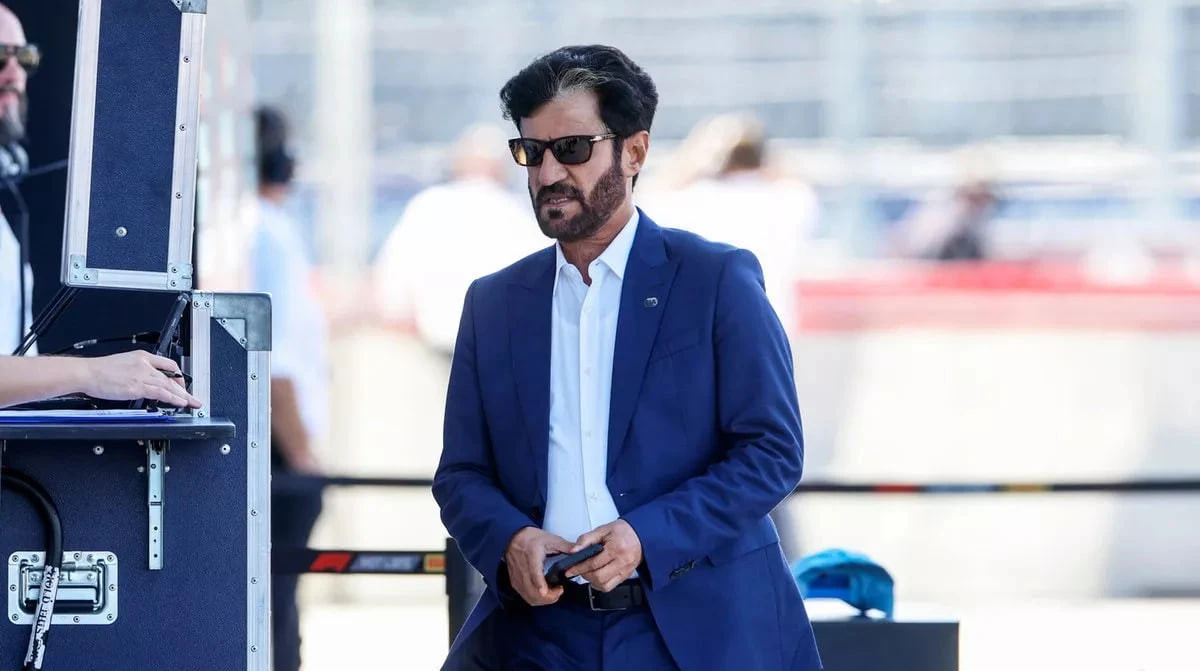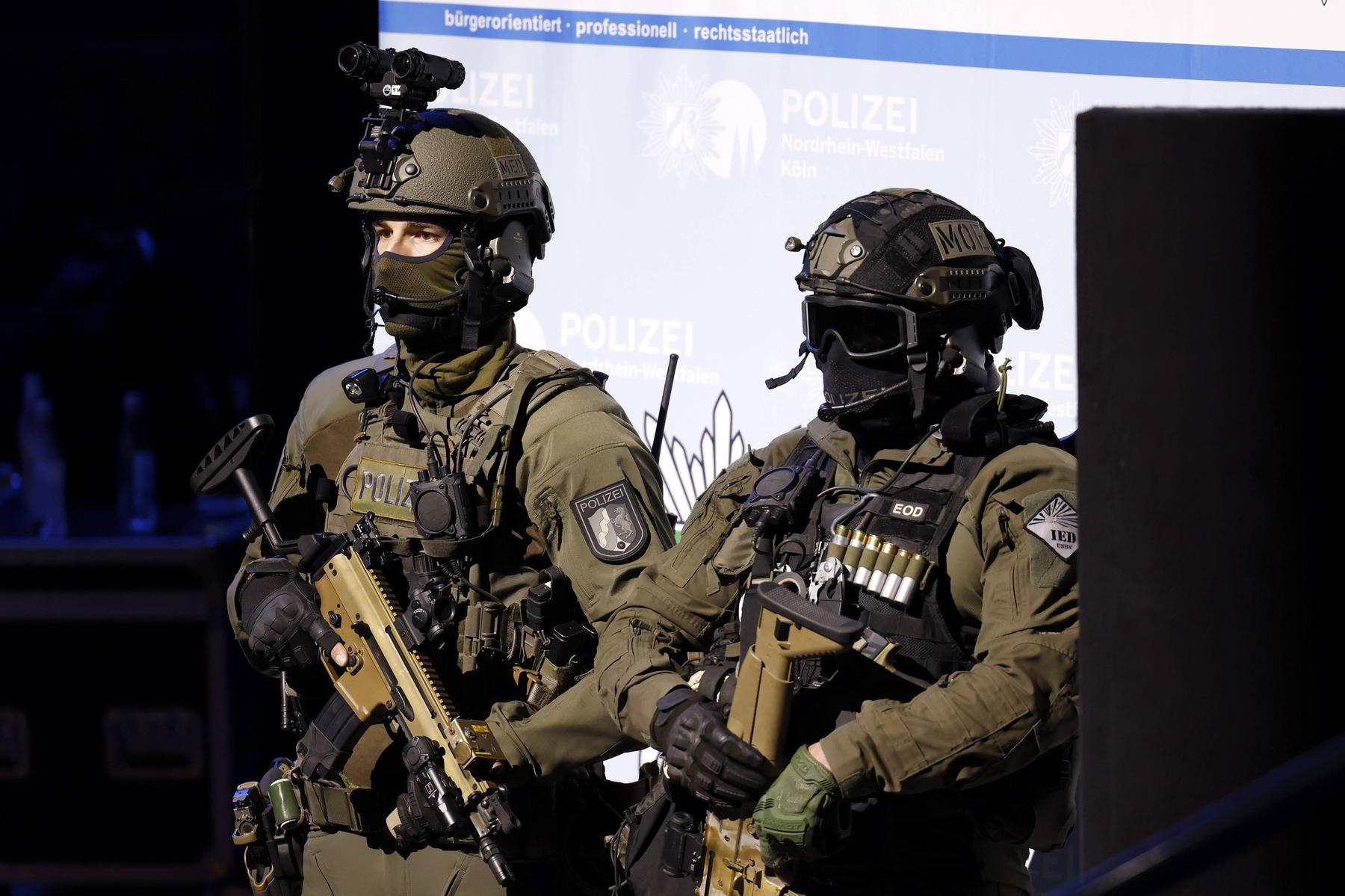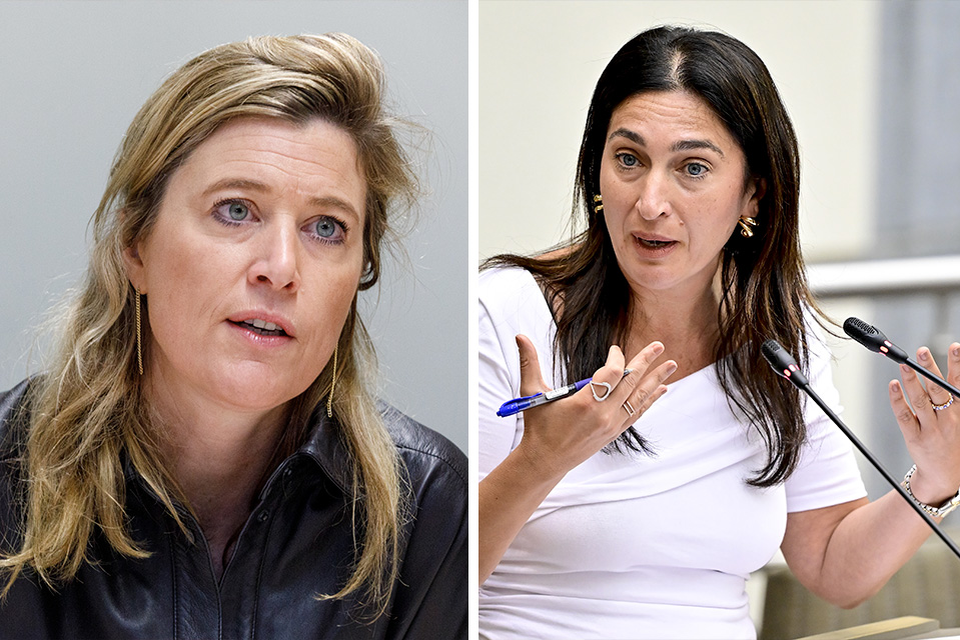Moscow authorities revealed plans for the development of railway transport
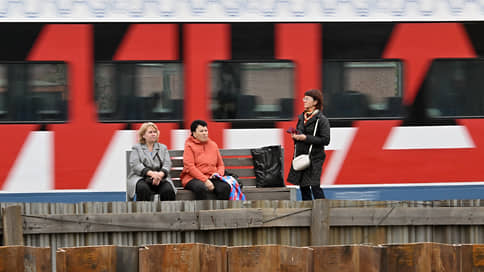
In the next two years, the intervals of the movement of electric trains in a number of directions connecting Moscow and neighboring regions will be reduced, the Moscow Department of Transport said. We are talking about the development project of the central transport hub, within the framework of which it is planned to speed up the transportation of passengers in the metropolitan region. In addition, the emergence of additional metro stations in New Moscow is possible.
The prospects for the development of the so-called rail frame of Moscow (metro, MCD, MCC and tram) were outlined by the first deputy head of the capital’s Deptarans Hamid Bulatov, speaking on May 16 on a round table dedicated to the 90th anniversary of the Moscow metro.
In particular, he revealed the details of the development project of the central transport hub (CTU), which the capital authorities announced in 2023.
Its concept is that from cities located at a distance of 200-300 km from Moscow, electric trains go towards the capital every 20-30 minutes, and not once 2-3 hours, as it is now.
In this case, it is planned to update rolling stock, stations and the rest of the infrastructure. At the end of 2024, the initiative became part of the Federal National Project « Infrastructure for Life », which started since 2025. The terms and financial parameters of the project have not yet been made public. “We are actively engaged in this,” said Gamid Bulatov. “Together with 11 regions, they worked out and agreed on the parameters of movement between Moscow and the subjects. We design a set of events with Russian Railways to run new trains and reduce the intervals. ” The implementation of the CTU project will begin in two directions, said Hamid Bulatov. As a concrete example, he cited the Kaluga direction where the train interval will be reduced already in 2026–2027.
The head of the Union of Passengers, a member of the Public Council of the Ministry of Transport of the Russian Federation, Kirill Yankov, believes that the Kaluga direction was chosen as the simplest for implementation. There are few freight trains, he pointed out, and it is not necessary to build new ways – to reduce the interval of movements, it is enough just to purchase new trains.
Also on the round table were the development issues of the Moscow metro. Recall that now the metro construction plans have been approved and financed until 2030. The three main objects-Rublevo-Arkhangelskaya, Biryulevskaya and Trinity metro branches-are already being built, some of the stations are open on them. At the same time, the Arbat-Pokrovskaya line is extended to the new Golyanovo station.
And after 2030, their branches or stations may appear in New Moscow, Mr. Bulatov made it clear, without opening the details.
“This is a rapidly growing cluster from the point of view of the number of people and buildings, which needs to be explored by rail infrastructure,” he said. “If we talk about the prospect after 2030, then many interesting projects are considered in this part, including the tram.”
In addition to suburban trains and subway, the project of Moscow central diameters (MCD) in the Yaroslavl and Paveletsky directions will develop, said in Deptrans. There, the rolling stock will be replaced (the first “Orioles” on the site are already running in the site), the stations will be repaired, and the MPD tariff grid will be introduced.
Recall that initially the metropolitan authorities wanted to combine these directions into a single diameter of MCD-5 through the tunnel under the center of Moscow, but put the idea on a pause as too expensive. “This is a rather complicated project from an engineering point of view, because there are a lot of communications, intersections with existing tunnels and infrastructure,” said Hamid Bulatov. “Moreover, integration with other metro lines is required in the underground performance. We continue to work on this project tightly and in detail along with Russian Railways. I won’t name specific terms. ”

